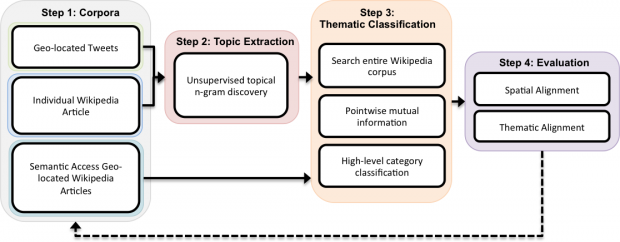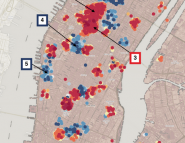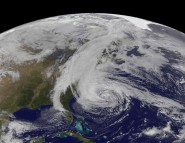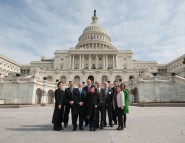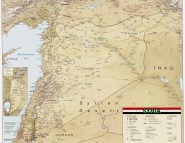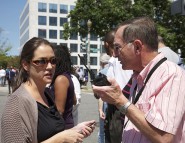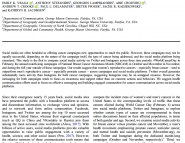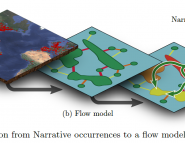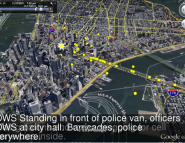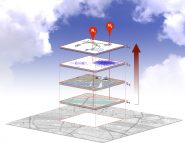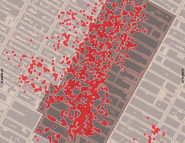Place can be generally defined as a location that has been assigned meaning through human experience, and as such it is of multidisciplinary scientific interest. Up to this point place has been studied primarily within the context of social sciences as a theoretical construct. The availability of large amounts of user-generated content, e.g. in the form of social media feeds or Wikipedia contributions, allows us for the first time to computationally analyze and quantify the shared meaning of place.
By aggregating references to human activities within urban spaces we can observe the emergence of unique themes that characterize different locations, thus identifying places through their discernible sociocultural signatures. In this research we use novel quantitative approaches to derive such sociocultural signatures from Twitter contributions and also from corresponding Wikipedia entries. By contrasting the two we can show how particular thematic characteristics of places (referred to herein as platial themes) are emerging from such crowd-contributed content, allowing us to observe the meaning that the general public, either individually or collectively, is assigning to specific locations.
Our approach leverages probabilistic topic modelling, semantic association, and spatial clustering to find locations are conveying a collective sense of place. Deriving and quantifying such meaning allows us to observe how people transform a location to a place and shape its characteristics.
Publications from this research:
Jenkins, A., Croitoru, A. Crooks, A.T. and Stefanidis, A. (2016), Crowdsourcing A Collective Sense of Place, PLoS ONE, 11(4): e0152932. doi:10.1371/journal.pone.0152932 (pdf)
Stefanidis, A., Jenkins A., Croitoru, A. and Crooks, A.T. (2016), Megacities Through the Lens of Social Media”, Journal of the Homeland Defense & Security Information Analysis Center (HDIAC), 3(1): 24-29. (pdf)
